Coalition foreign student policy would ‘deter high-quality students’ from sandstone unis
Australia’s elite Group of Eight universities say it defies belief that the Coalition would “single them out ... for extra burden” by introducing a flat 25 per cent cap on foreign students and more than tripling visa fees for their applications.
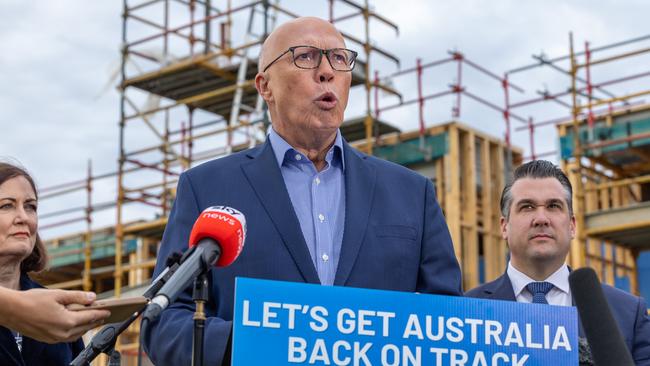
Australia’s elite Group of Eight universities say it defies belief that the Coalition would “single them out ... for extra burden” by introducing a flat 25 per cent cap on foreign students and more than tripling visa fees for their applications.
The plan to increase student visa applications to $5000 for Group of Eight institution has been described as a policy that will “deter high quality students” and “attract lower-quality students” by immigration experts.
Peter Dutton announced on Sunday he would slash international student numbers by about 80,000 enrolments in a bid to ease the housing crisis and help regional universities, as it vows to reduce overall numbers to about 240,000.
Mr Dutton said in a joint statement with opposition immigration spokesman Dan Tehan and education spokeswoman Sarah Henderson, the policy would target metropolitan universities, especially the elite Group of Eight.
“It makes no sense on any level. We are facing skills shortages in areas critical to our economic competitiveness,” Group of Eight Chief Executive Vicki Thomson said.
“It beggars belief that the Coalition would single out the Go8 for extra burden – Australia’s top universities all ranked in the world’s top 100 - that attract the best and brightest minds from our region and around the world.”
“Blaming international students for the housing crisis is flawed policy.”
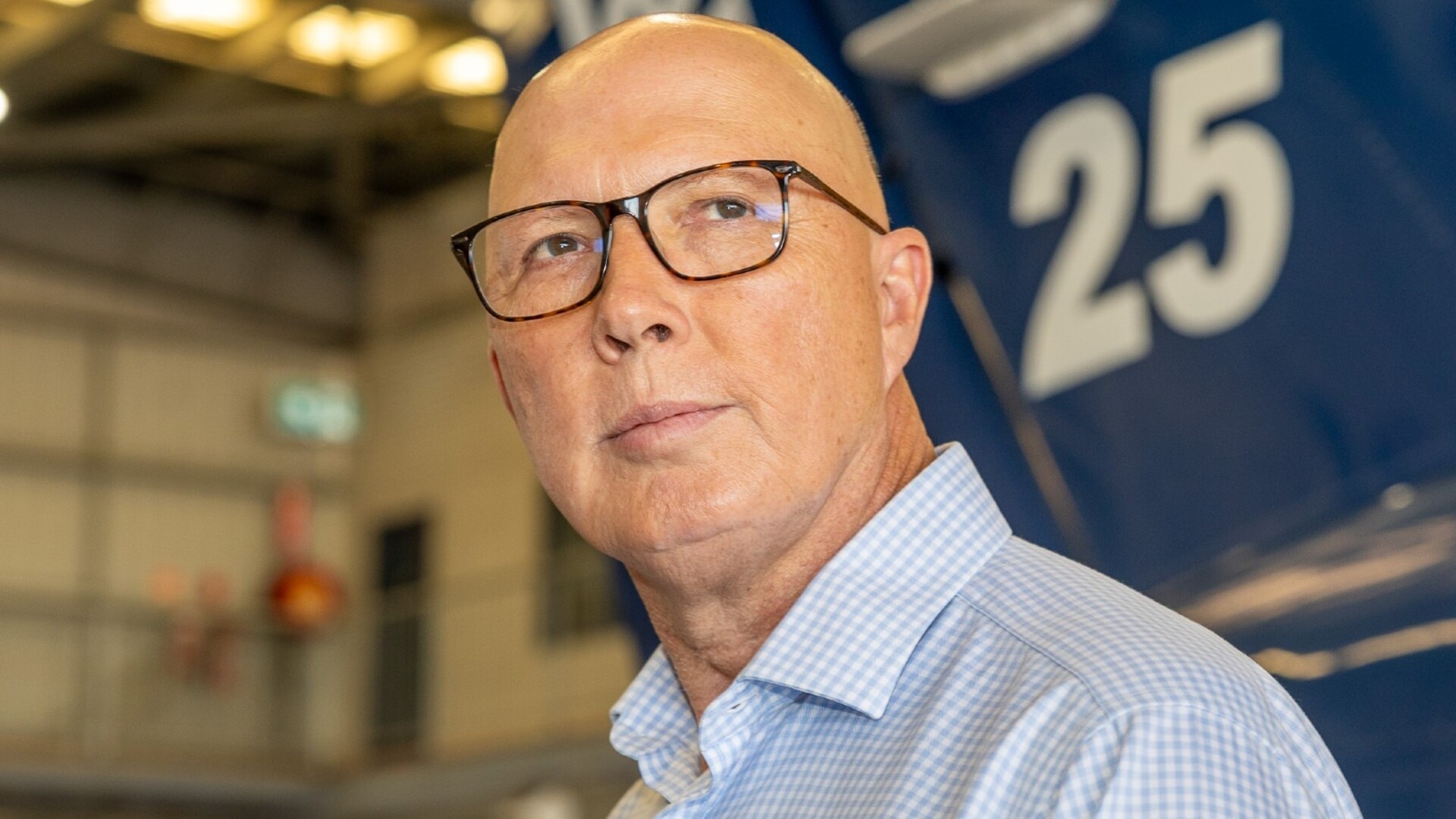
Regional Universities Network CEO Alec Webb, however, “welcomed the focus on the regions”.
Vice-Chancellor of Federation University, Duncan Bentley, said: “I urge our political leaders to continue this focus on regional and outer suburban communities and call on them to commit to policies that ensure everyone can access local education that leads to a local high-paying job, no matter where they live.”
Former deputy secretary of the Department of Immigration, Dr Abul Rizvi, said Australia’s student visa fee was recently increased to be more than double the next highest … in the world” from $710 to $1600 mid-last year.
“And increasing to $5000 will just deter higher-quality students because higher-quality students have options. It’s a policy designed to attract lower-quality students,” he said.
Most students would pay $2500 for other providers, except Group of Eight universities.
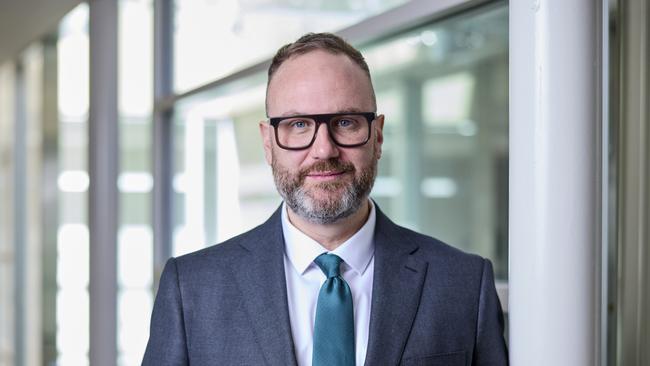
The Coalition policy also appears to favour the VET sector, with the Coalition indicating commencements would be limited to 115,000 each year at publicly funded universities, and 125,000 in the VET sector, private universities and other providers.
Dr Rizvi said favouring the sector “where the biggest rorts take place” reversed the policy improvements of the past two years, and did nothing to improve the quality and integrity of the sector.
CEO of the International Education Association of Australia Phil Honeywood said there was “absolutely no consultation with the international education sector on both the cap numbers and the visa charge”, and that it highlights “what little regard the alternative government has for the 200,000-plus Australians who work in what is Victoria and SA’s biggest industry”.
He also said the Coalition “consistently provided no analysis of a connection between rent increases and student numbers”.
“Yet the Opposition Leader’s just-released announcement highlights this as fact,” he added.
The peak body, Universities Australia, warned the proposed cuts and the increase in visa fees would “worsen” existing challenges for universities “without solving the housing crisis”.
UA CEO Luke Sheehy warned against using international students as “scapegoats” in the housing debate, saying that students make up less than six per cent of the national rental market. “The real solution is more homes, not fewer students,” he said.
“We urge all parties to base policy on facts, not finger pointing. We’re ready to work constructively on real solutions, but cuts like these will only harm the nation’s prosperity at a time we can least afford it.”
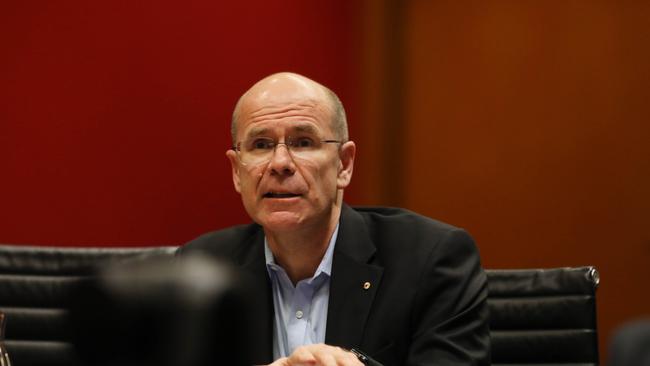
Universities Australia has warned the Coalition against a flat cap model, releasing modelling showing a 30 per cent cap could cost the economy $4bn and cut almost 55,000 students. Based on the same assumption each international student contributes $72,600 to the economy, a 25 per cent cap would cost the nation $5.8bn.
The Property Council’s Student Accommodation executive director Torie Brown said “evidence has repeatedly shown students are not the cause of the housing crisis”.
A report for the Student Accommodation Council showed the government’s proposed cap to 270,000 students would only lower the share of international students in the rental market from 5.4 to 4.8 per cent in 2026 and lower rents by $5 a week.
Australian Chamber of Commerce and Industry chief executive Andrew McKellar said he had “real reservations about having to cap a successful export industry particularly if the issue trying to be addressed is housing affordability” where the bigger part of the solution was addressing housing supply.
Western Sydney University Vice-Chancellor George Williams said the policy “would not have an impact on housing in western Sydney” but would immediately lead to a “deterioration in healthcare” in the region due to the number of nurses they train.
“We’ve got 25 per cent capacity anyway so it’s actually misconceived to say this would make a difference in western Sydney. What it will do is it will depress economic activity in western Sydney, make it much harder for businesses to fill shortages … because they can’t find Australian students, the supply is not there.”
He added, however, the university would be “less affected” if there was a percentage cut as per the Coalition’s policy, rather than a flat cap, previously proposed by the government.
The Coalition policy marks a significant fall in enrolments for the embattled sector, from a high of 320,000 students in 2023 to about 240,000.

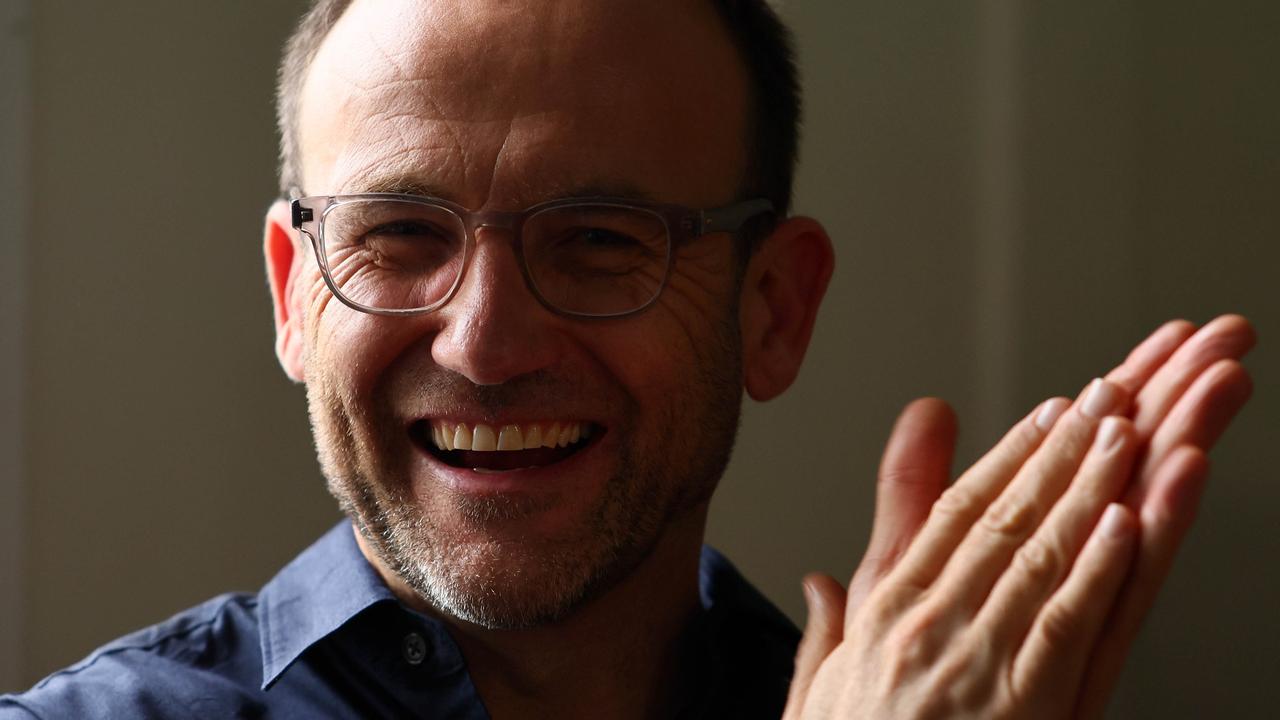
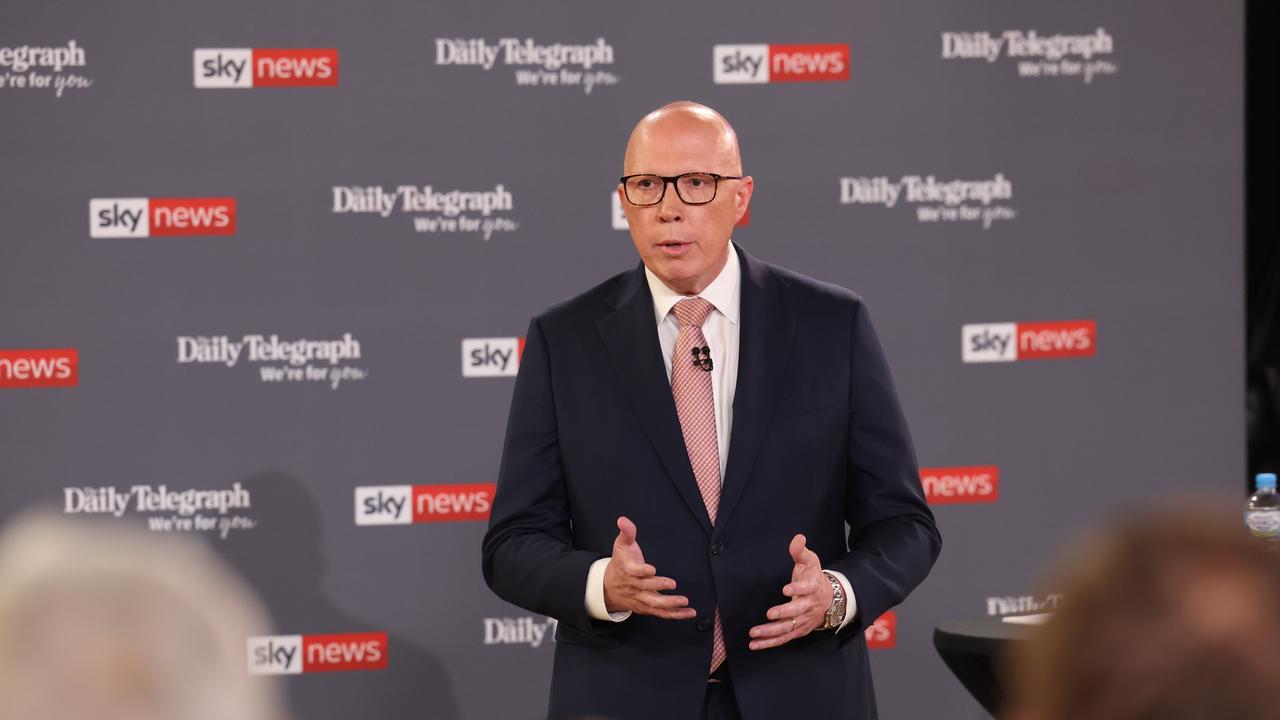
To join the conversation, please log in. Don't have an account? Register
Join the conversation, you are commenting as Logout